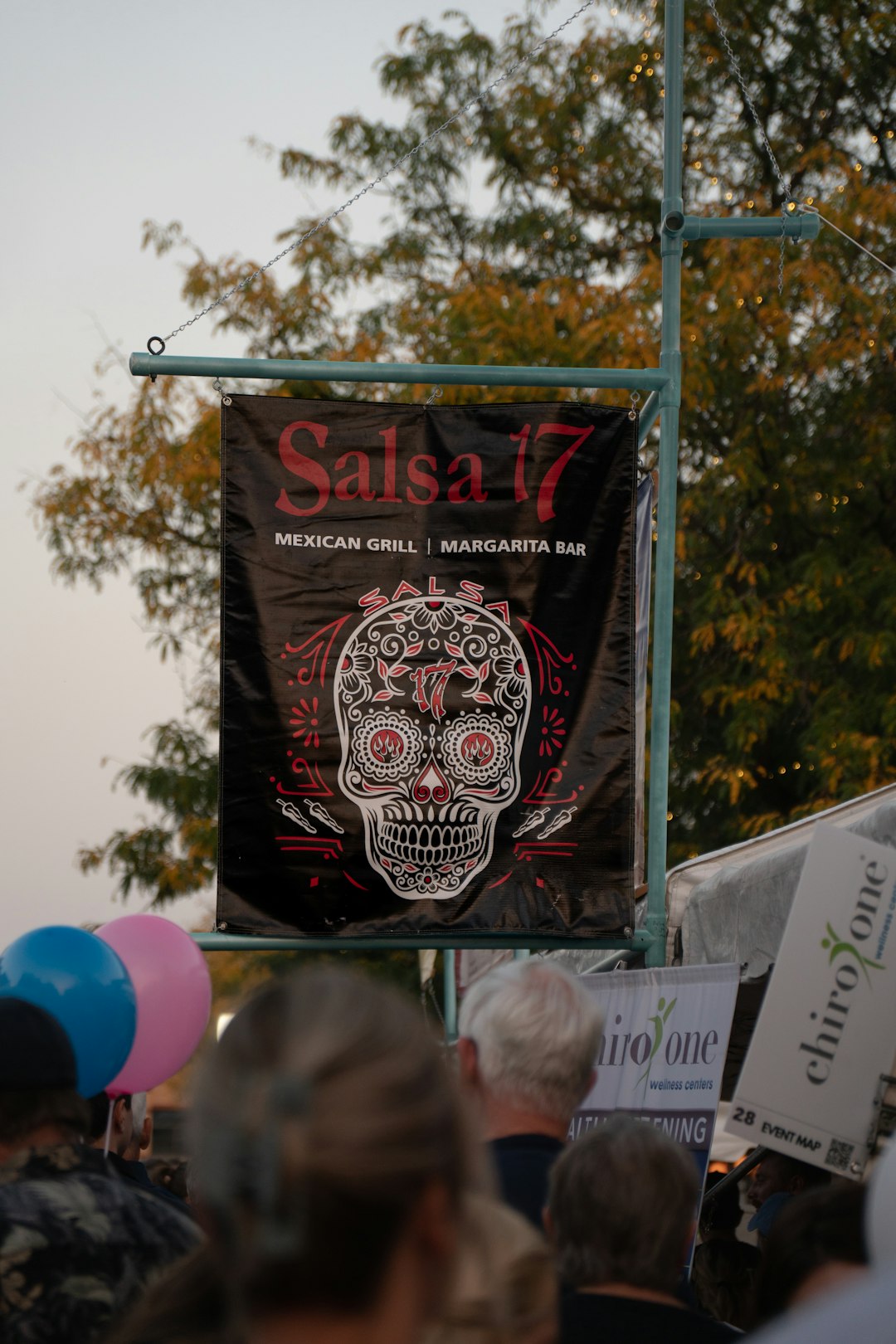The Dark Side of Festival Culture: What France’s Syringe Attacks Reveal About Public Safety
A wave of fear swept through France when reports emerged that over a hundred people were jabbed with syringes at a major music festival. This deeply unsettling incident, rooted in anonymity and unpredictability, is more than an isolated act of malice—it’s a bellwether for mounting security dilemmas in contemporary public gatherings.
Hidden Threats in Crowded Spaces
Music festivals have long symbolized freedom, community, and escape. Yet, the reality that such joyous gatherings can be infiltrated by acts of hidden violence shakes the very foundation of their allure. Syringe attacks stand out precisely because they exploit the chaos and closeness of festivals, where vigilance is low and contact is high. The psychological damage is insidious: victims often do not realize the attack until symptoms set in, compounding the trauma with uncertainty about exposure to drugs, disease, or worse.
The Systemic Dilemma: Balancing Safety and Freedom
Authorities now face a complex dilemma:
| Security Approach | Benefits | Drawbacks |
|---|---|---|
| Increased surveillance | Deters malicious activity, fast response | Privacy erosion, increased costs |
| Enhanced bag/body checks | Blocks obvious threats | Slows entry, logistical nightmare |
| Public awareness drives | Empowers attendees to self-protect | Risks paranoia and overreaction |
Festival organizers and police are under pressure to find the right balance between protecting the crowd and preserving the festival’s free spirit—a near-impossible task when every delay and bag check chips away at the magic that defines live events.
Societal Impact: The Erosion of Trust
The syringe attacks don’t just affect individual victims, they undermine collective confidence in public events. As fear spreads, participation in festivals may wane, or the atmosphere may become more anxious and suspicious. This impacts not only the cultural fabric but also the economic lifeblood of communities that rely on large gatherings.
Lessons and Broader Trends
What happened in France is not isolated: sporadic reports of similar attacks have surfaced across Europe in recent years, signaling an unsettling trend. The incident is a wake-up call to rethink both preventative measures and rapid-response protocols at mass events. It’s also a reminder of how new forms of violence can exploit old vulnerabilities in ways that challenge both technology and tradition.
Moreover, it raises critical questions about the role of bystanders and shared vigilance. Community-based approaches—such as festival-goers looking out for one another, guided by clear reporting systems—may offer a crucial supplement to top-down security.
“The festival should be a safe space for joy, not a ground for fear. Our responses must evolve before trust is eroded beyond repair.”
Conclusion
The challenge now is not just catching perpetrators, but restoring the sense of security that festivals represent. Only by addressing the root causes—social, psychological, and logistical—can we hope to rescue festival culture from the shadow of fear.
This article was inspired by the headline:
'Over a hundred people jabbed with syringes at French music festival - NBC News'.

Comments
No comments yet. Be the first to comment!